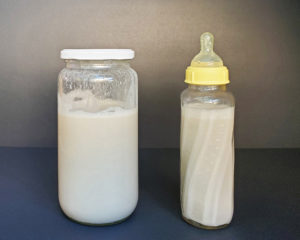
Homemade Infant and Toddler Formula
Every new mom has high hopes of breastfeeding their infant. We know that breast milk is best for our little ones and as moms we

Every new mom has high hopes of breastfeeding their infant. We know that breast milk is best for our little ones and as moms we
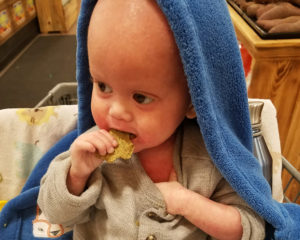
To read our story from the beginning click here. At the end of 2017, I was filled with hope again when God reassured His promise
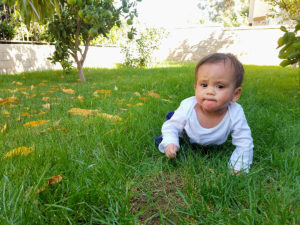
Part 5 – When Your Faith is Tested With the understanding that God had given me through His Word and the faith He implanted in
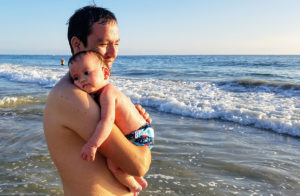
Part 3 – God Promises to Heal My Son My whole life, I had been taught that God leads doctors to provide you the best
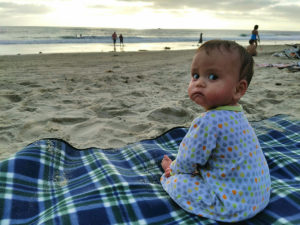
Part 2 – Conventional Medicine Before Lucas was born, I had been on my own health journey. I was raised vegetarian my whole life. Due
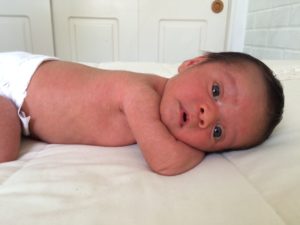
Part 1 – Diagnosis I had been married to my wonderful husband, Cristian, for a little over a year when we received the news that